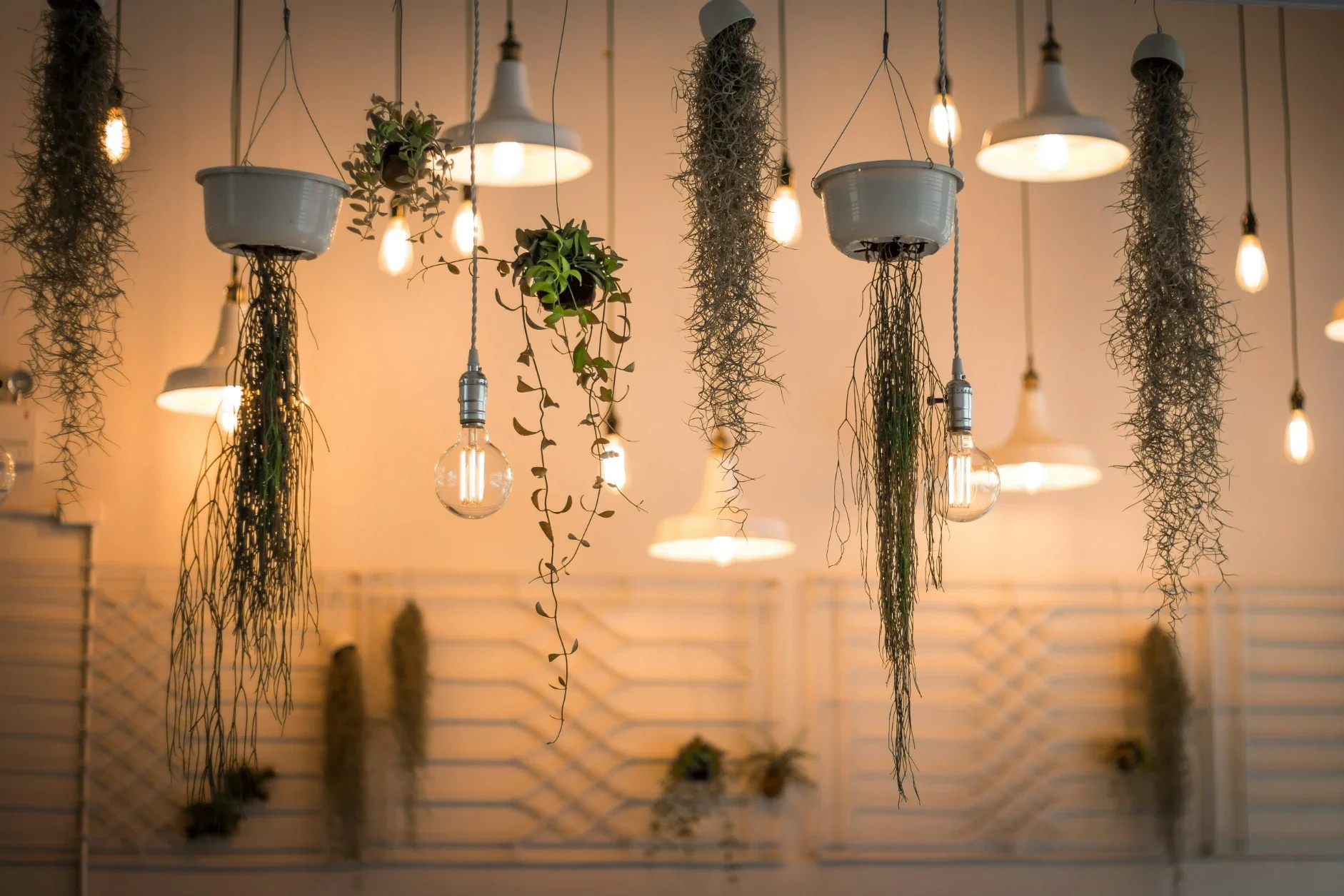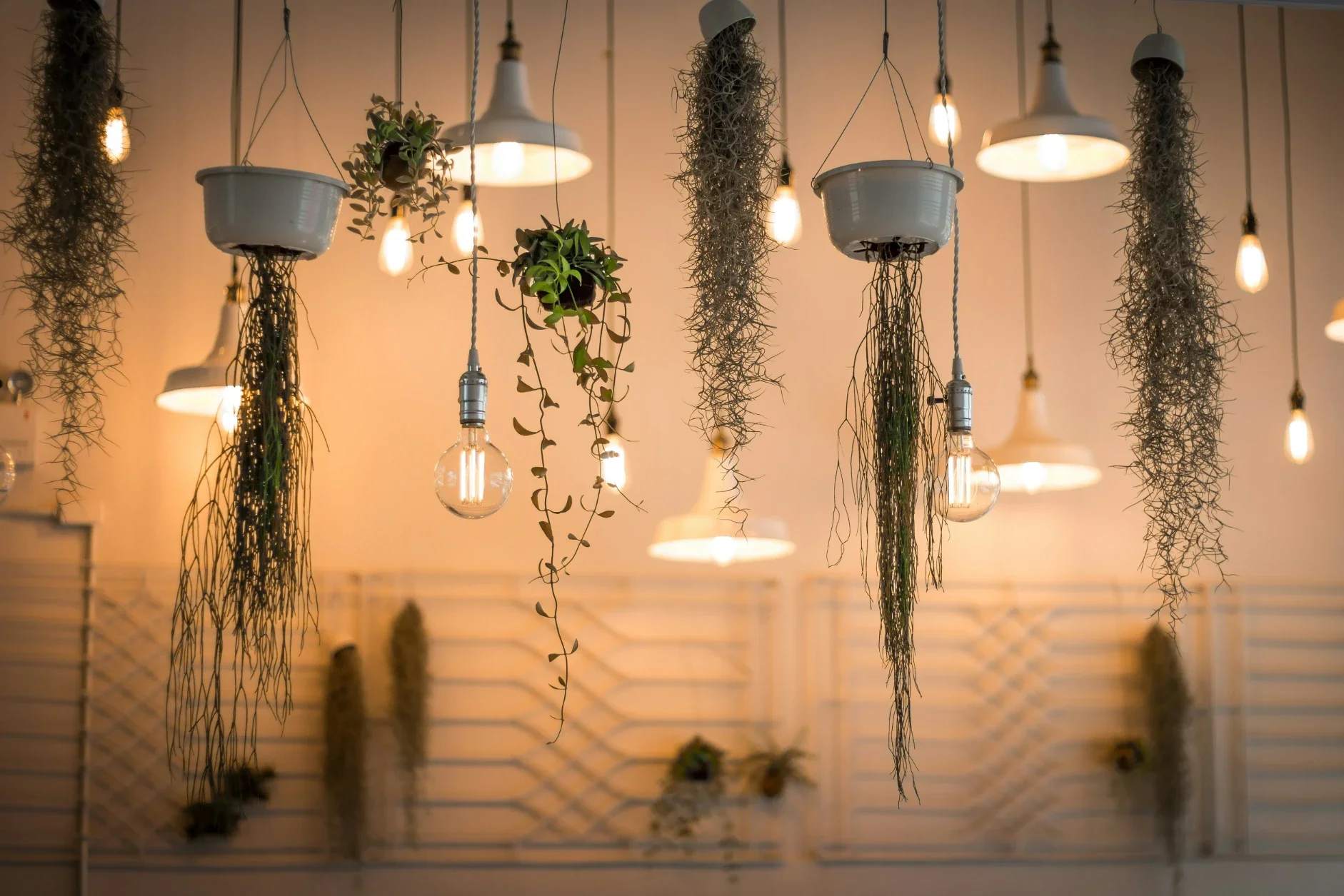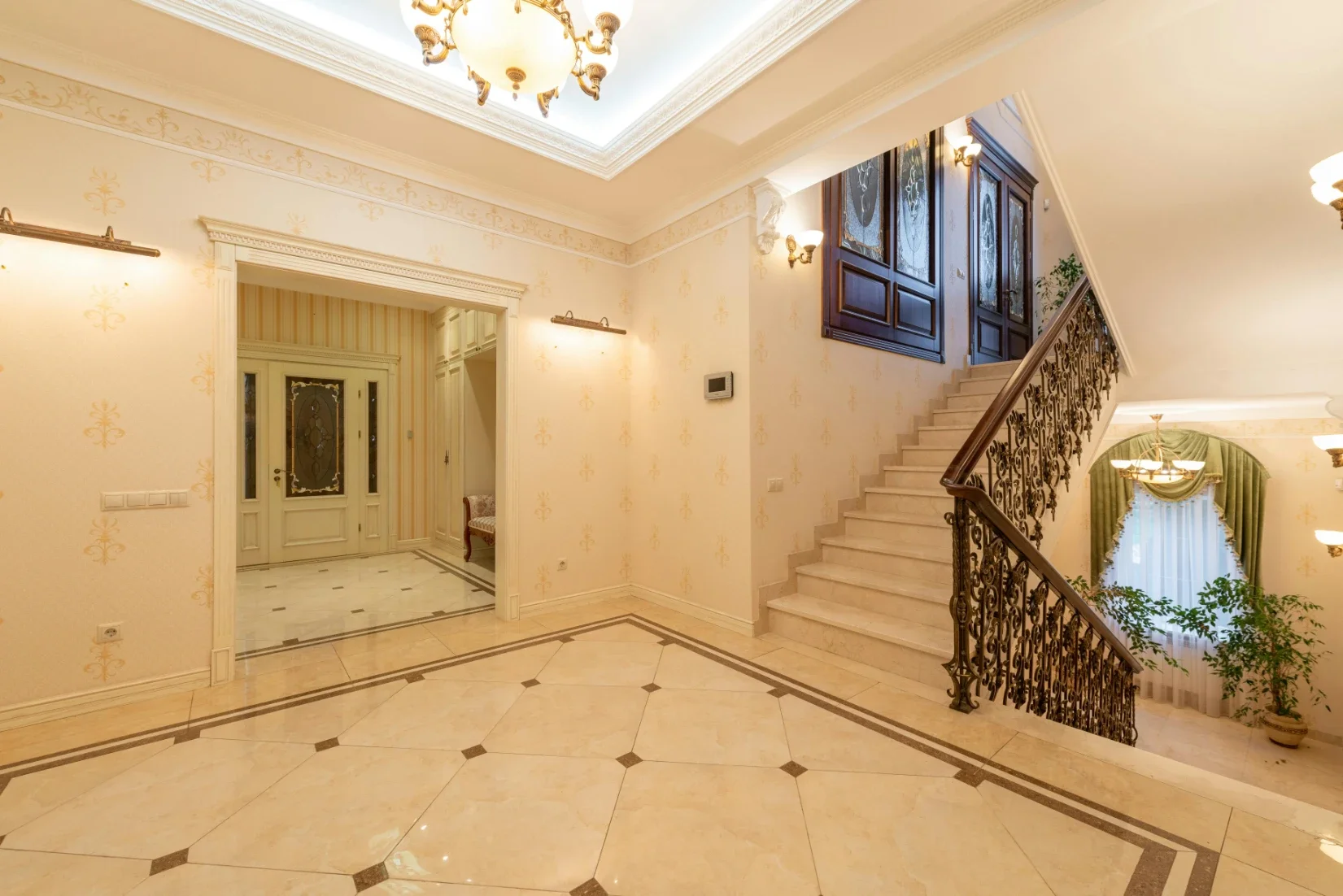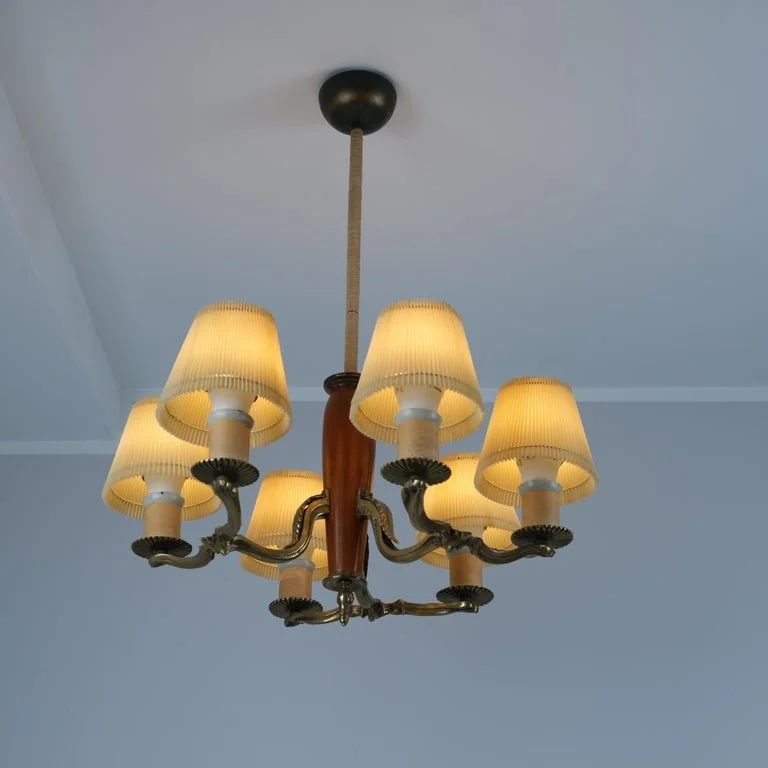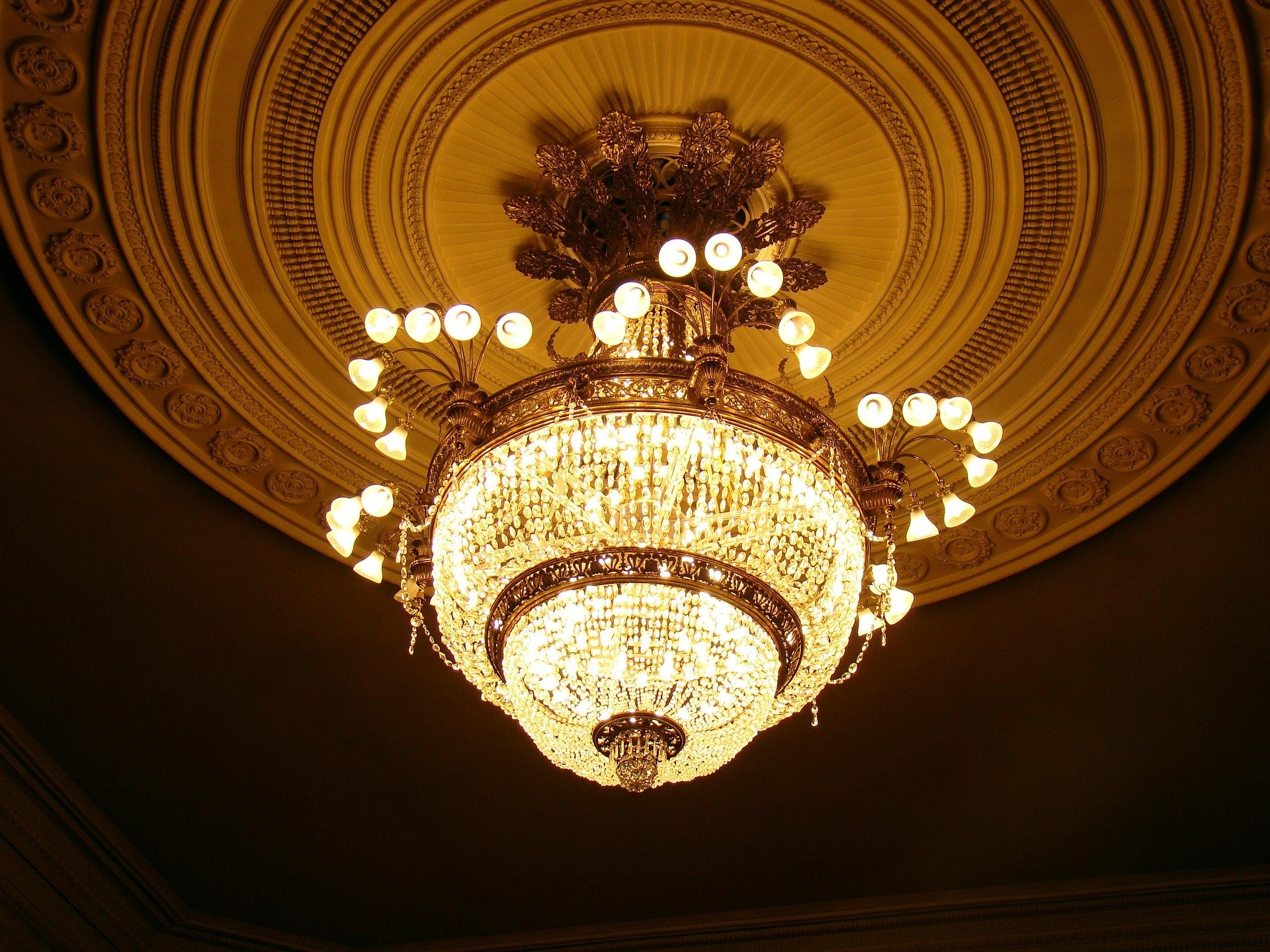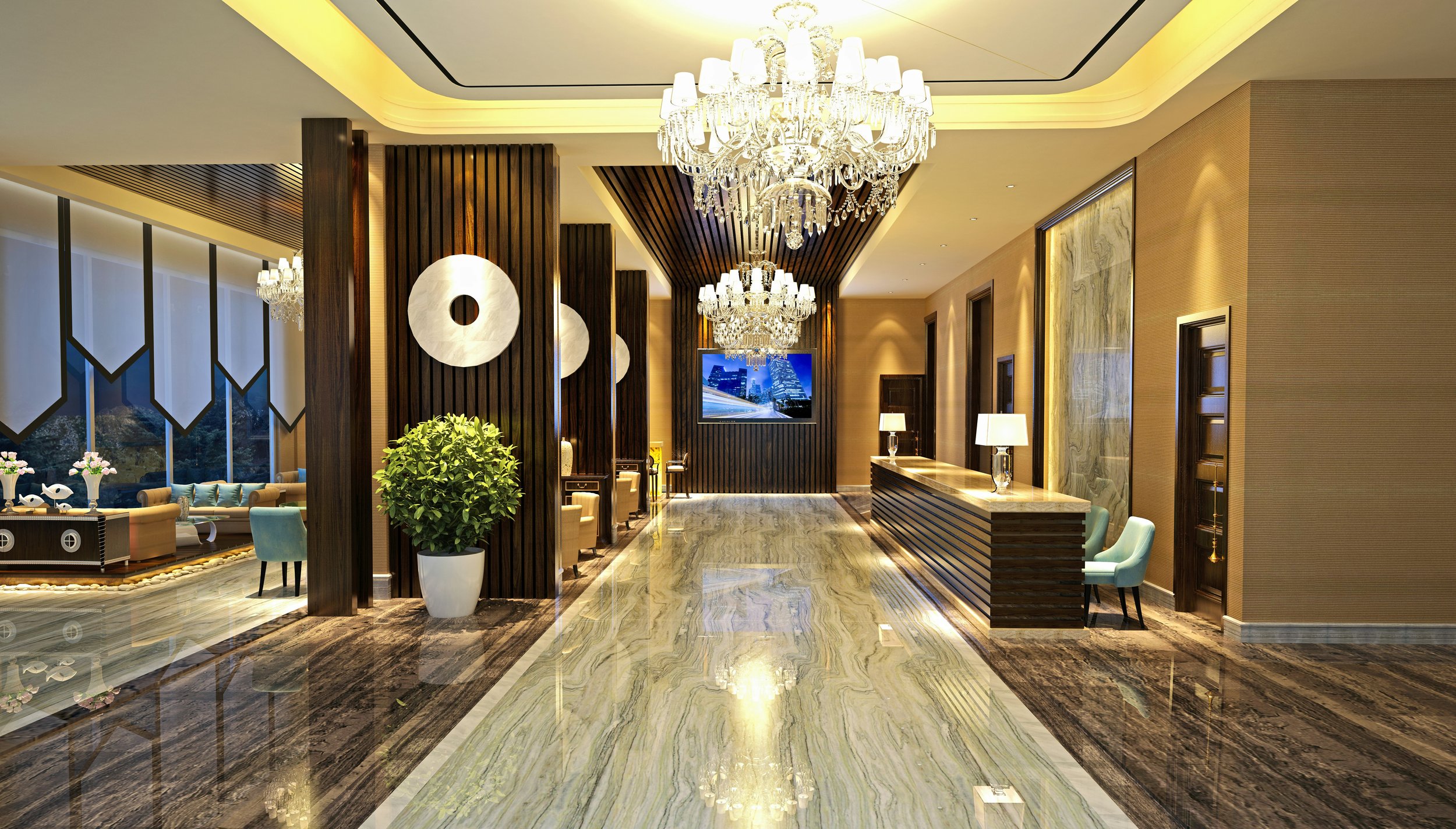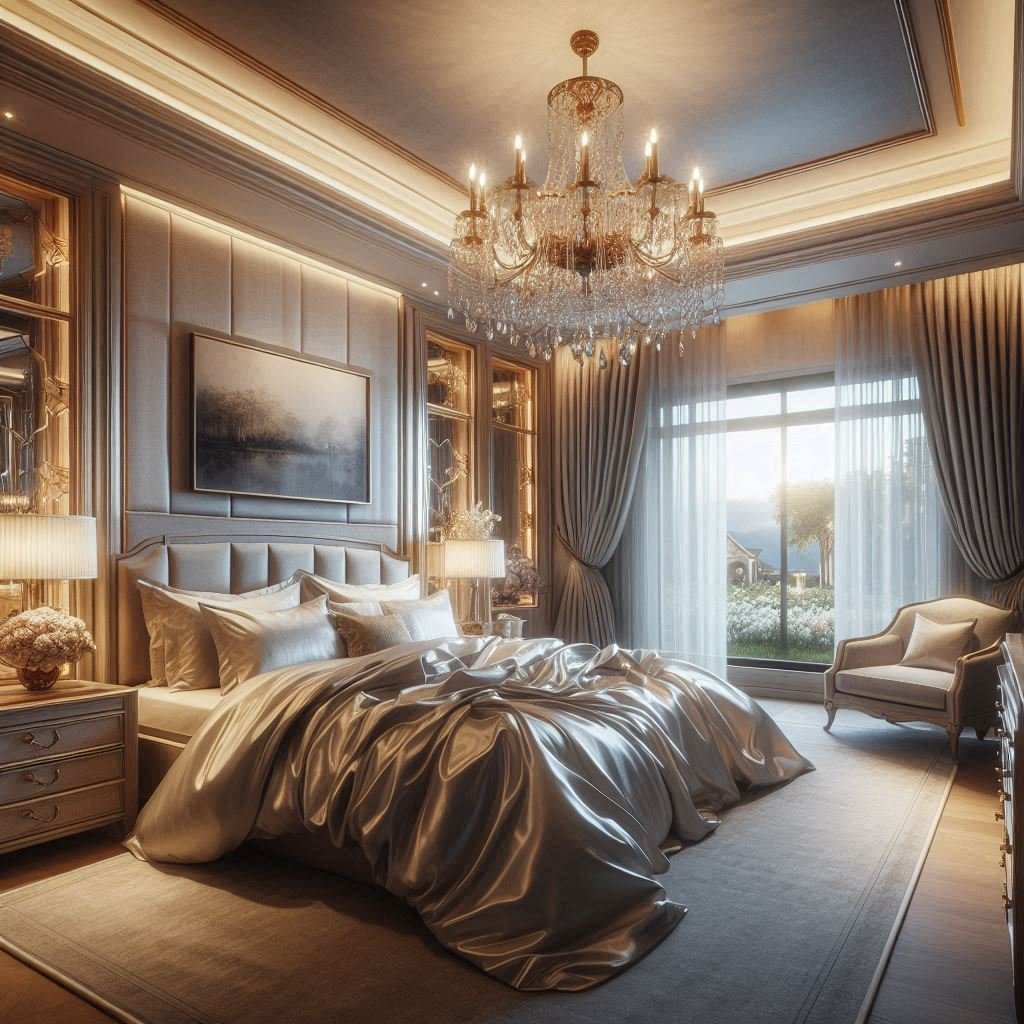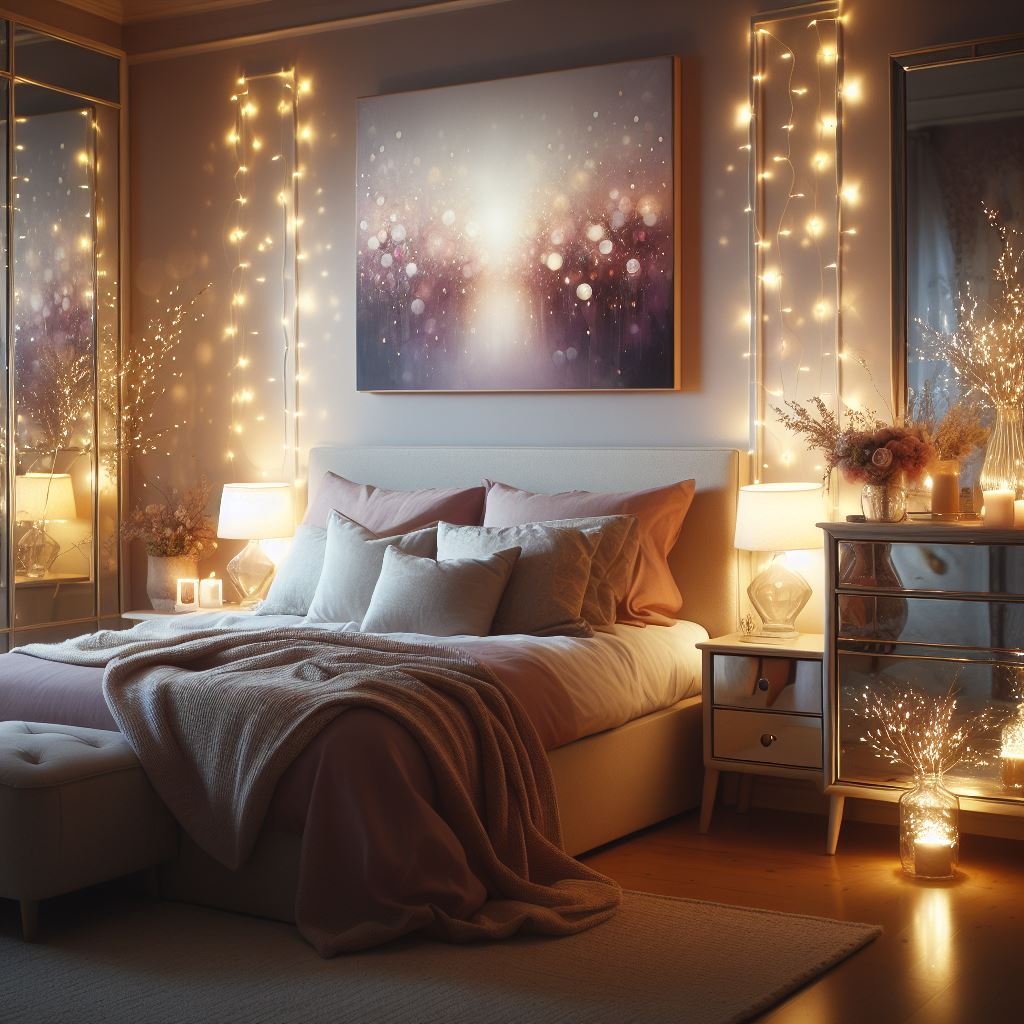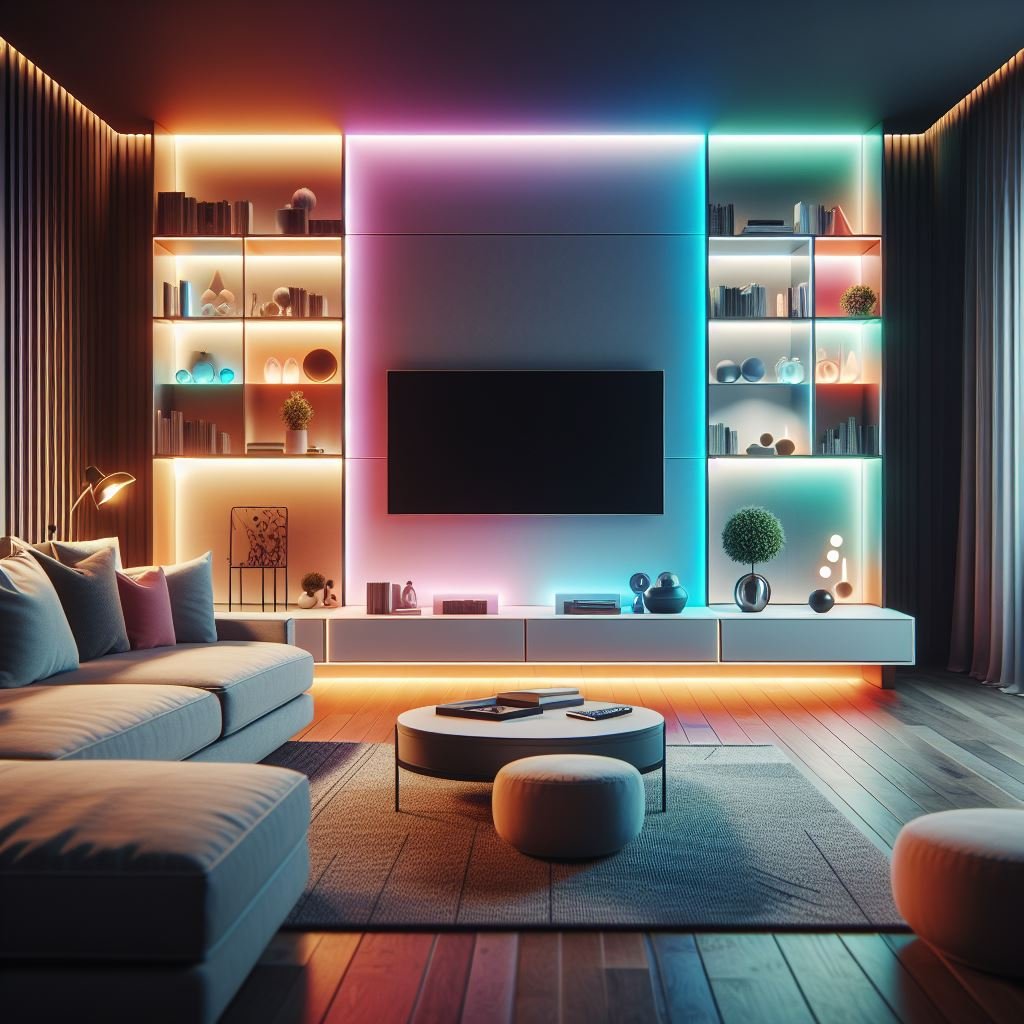The Key to Achieving a Perfect Lighting Balance Throughout Homes
Discover how to create the perfect lighting balance in every room with expert tips on layering, placement, and fixture selection for your home.
Lighting plays a vital role in our everyday lives, impacting the emotional atmosphere within it. A well-thought-out lighting design can accentuate the beauty of your home, create enchanting moods, and even enhance productivity levels. Balancing different light sources throughout your house can solve common issues like harsh shadows or inadequate visibility, allowing your light fixtures to work harmoniously together. When considering how to perfect your home’s lighting, several essentials come into play, including the types of light, their placement, and the correct equipment to support your design choices.
Understanding Different Types of Light
To achieve a balanced lighting design, it is important to recognize the three main types of light: ambient, task, and accent lighting. Ambient lighting serves as the primary source of illumination in a room, often provided by overhead fixtures or natural light sources such as windows. This basic layer of light creates a welcoming environment and ensures that spaces are adequately lit for daily activities.
Task lighting provides focused light designed for specific activities. This can include desk lamps for reading, under-cabinet kitchen lights for cooking, or swing-arm sconces for sewing. It’s crucial to identify areas that require task lighting in order to enhance usability without creating awkward shadows or glare. Lastly, accent lighting adds depth and visual interest to a room, highlighting artwork, architectural features, or plants. By layering these various types of lighting, homeowners can achieve a more functional and dynamic effect throughout their space.
Brightness and Color Temperature Considerations
When choosing light bulbs or LED fixtures, it’s crucial to consider brightness and color temperature. Brightness is measured in lumens: the higher the lumen output, the brighter the light. The color temperature, measured in Kelvins, indicates the warmth or coolness of the light.
Warm white (2700K to 3000K) mimics the cozy feel of incandescent bulbs, making it suitable for living areas and bedrooms. Cool white (3500K to 4100K) is ideal for kitchens and bathrooms, providing a crisp, clean appearance that enhances visibility. Daylight (5000K to 6500K) is excellent for task areas like workshops or home offices, as it promotes alertness and focus.
Understanding how brightness and color temperature affect a space allows homeowners to better tailor their lighting choices to meet their needs. You can always opt to shop LED drivers that offer a range of options. This move ensures versatility and ease of use when it comes to brightness and temperature control.
Choosing the Right Fixtures and Dimmers
Selecting light fixtures is another important aspect of creating a balanced lighting scheme. The right fixtures should complement your interior decor while fulfilling specific functional requirements. A stylish pendant light can serve as both an ambient and decorative element in a dining area, while recessed lighting might be preferable for smaller living spaces where headroom is a concern.
Dimmers play a key role in achieving a perfect lighting balance. They allow for adjusting the intensity of light according to mood and time of day. Different activities may require varying levels of brightness. A bright, well-lit room might be ideal for family gatherings, while a softer, more intimate ambiance may work best for movie nights. Incorporating dimmers into your lighting plan enables flexibility and enhances the experience within your home.
The Importance of Natural Light
Natural light contributes significantly to a home’s lighting balance. By maximizing the amount of daylight that enters your home, you can reduce reliance on artificial lighting and enhance the ambiance. Strategic placement of mirrors, the use of lighter colors in paint and furnishings, and careful consideration of window treatments can all help reflect and diffuse sunlight.
Skylights and large windows can invite more natural light into interior spaces, creating a sense of warmth and spaciousness. It is beneficial for well-being since exposure to natural light is linked to improved mood and mental clarity. Balancing natural and artificial light sources will further enrich your home while promoting comfort and positivity.
Creating Lighting Zones for Functionality
Another crucial aspect of achieving the perfect lighting balance involves creating specific lighting zones throughout your home. By grouping lighting into zones, you can cater to various activities more effectively and create diverse atmospheres in each area. The concept of lighting zones means that different areas of your home have different lighting needs depending on their primary utilization.
Family rooms typically require a cozy ambiance with adjustable light levels for visiting and watching TV. In contrast, kitchens often benefit from enhanced visibility and more task-oriented lighting above workspaces like counters and islands. Creating these distinct lighting zones allows families to switch seamlessly from socializing to working or resting, ensuring the lighting serves its purpose and improves the experience of each space.
Common Mistakes to Avoid
When designing a lighting plan for your home, there are several common mistakes to avoid that can lead to an unbalanced aesthetic. Over-relying on a single light source can result in harsh shadows and uneven lighting, creating an uncomfortable environment. Neglecting to incorporate dimmers in your plan means you may be stuck with a static brightness level, limiting your room’s versatility.
Failing to consider the scale of your fixtures can also detract from the lighting style. Oversized fixtures in a small room can overwhelm the space, while too-small fixtures may struggle to deliver adequate illumination. By staying aware of these common pitfalls and taking measures to avoid them, homeowners can ensure their lighting design remains harmonious and inviting.
The act of creating a perfect lighting balance is a blend of science and art. By understanding different types of light, selecting the right fixtures, maximizing natural light, and acknowledging the importance of functionality, you can transform your home into a well-lit haven. Making careful choices about fixtures, brightness, and lighting zones will guide you toward an environment that exudes comfort, warmth, and style.
